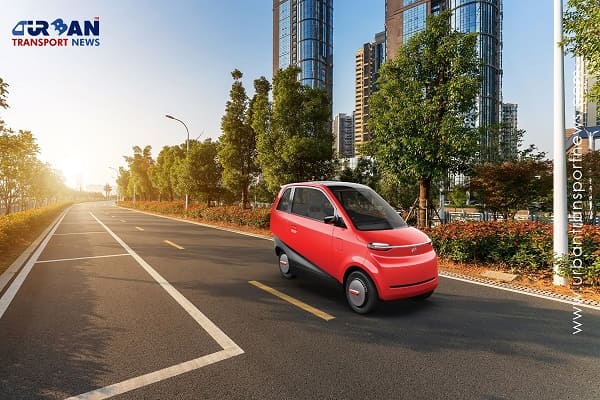

Technology is revolutionizing urban commuting in ways we never thought possible. From remote work to ride-sharing apps, autonomous vehicles, electric vehicles, and even aerial mobility, the future of transportation is looking brighter and more efficient than ever before.
One of the most significant impacts of technology on urban commuting is the rise of remote work. With high-speed internet connectivity and collaboration tools, individuals can now work from anywhere, reducing the need for daily commutes to centralized office spaces. This shift not only provides workers with more flexibility but also helps alleviate congestion on city roads and public transit systems.
Ride-sharing apps like Uber and Lyft have also transformed urban mobility by providing convenient, on-demand transportation solutions. Commuters now have access to a variety of mobility options, from shared rides to private car hires, tailored to their specific needs. Additionally, the emergence of micro-mobility services, such as electric scooters and bikes, offers cost-effective and environmentally friendly alternatives for short-distance travel.
The promise of autonomous vehicles (AVs) is another game-changer in urban commuting. AV technology has the potential to enhance safety, efficiency, and accessibility on the roads. However, the widespread adoption of AVs requires significant investment in smart infrastructure to ensure seamless integration and safe operation within urban environments.
Electric vehicles (EVs) are also playing a crucial role in sustainable urban commuting. With reduced greenhouse gas emissions and improved air quality, EVs are becoming increasingly popular among city dwellers. Investments in EV charging infrastructure and incentives for EV adoption are driving the transition towards greener transportation solutions.
Lastly, the concept of aerial mobility, with passenger drones and eVTOL aircraft, presents a futuristic vision for urban transportation. While still in the experimental phase, aerial mobility solutions have the potential to revolutionize urban commuting by providing fast and congestion-free transportation options.
In conclusion, technology is reshaping urban commuting in profound ways, paving the way for a more efficient, sustainable, and interconnected future. Embracing innovative solutions, investing in smart infrastructure, and prioritizing sustainability will be essential in creating a greener, smarter, and more resilient urban transportation ecosystem for generations to come.
Job title: Salesforce Developer Company: Han Staffing Job description: salesforce apex visual Job Description:Our client…
Job title: JAVA DEVELOPER Company: Han Staffing Job description: End Client: WELLSFARGO Title: Java Developer…
Job title: Jr. Full Stack Developer Company: Leidos Job description: DescriptionJob Description:The Leidos Decision Advantage…
Job title: Jr. Full Stack Developer Company: Leidos Job description: DescriptionJob Description:The Leidos Decision Advantage…
Job title: Principal Software Developer Company: Oracle Job description: Job Description:As a member of the…
Job title: Sr Alfresco Developer- Lead Company: InterSources Job description: Job Title: Sr Alfresco Developer-…